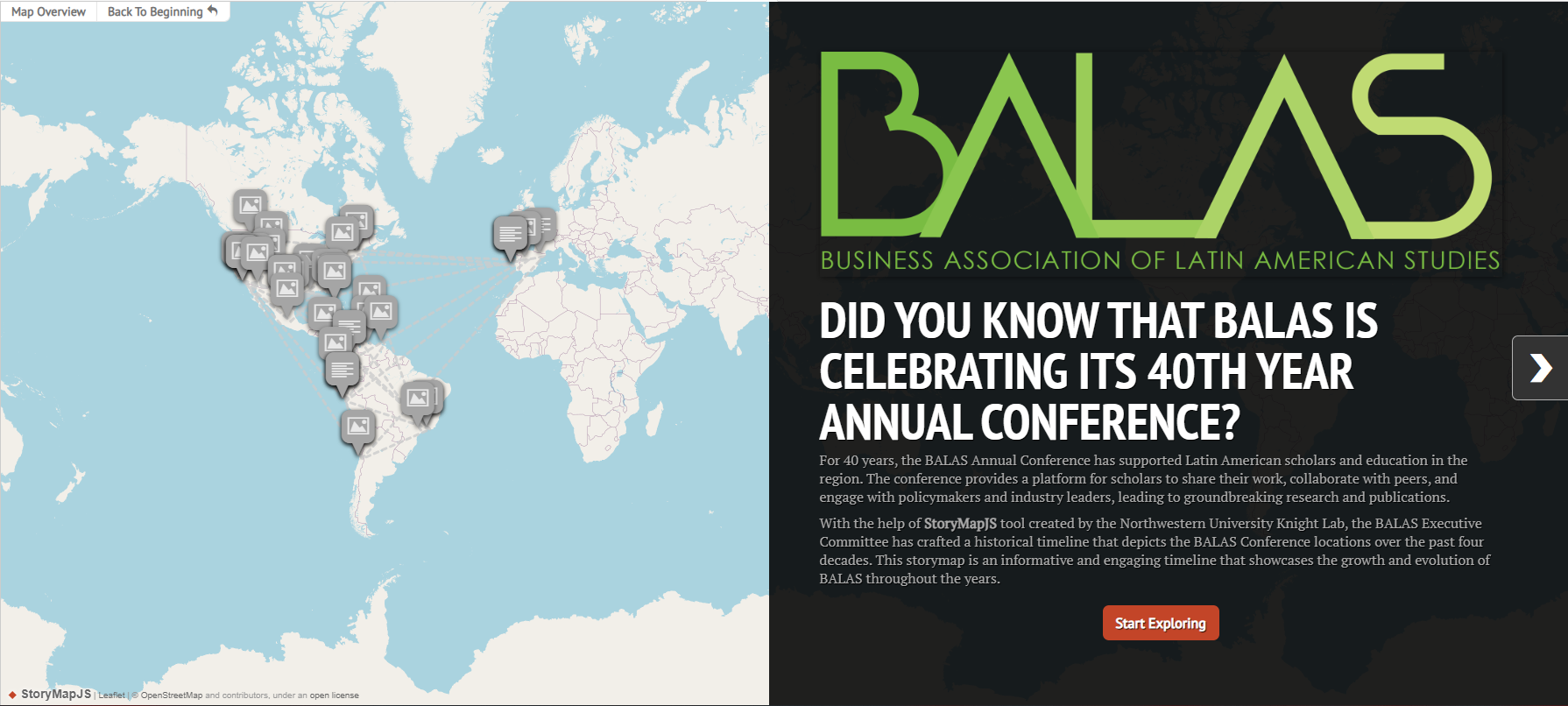- Home
- Publications
- BALAS Newsletter
- Newsletter #2, 2023-II
From Pieces to Paradoxes: How LEGO Overcame Rigidity and Thrived Through Strategic Moves
|
First of all, congratulations Aramis Rodriguez once again on winning the best teaching case award during the 2022 Conference. Could you explain what the Lego case is about? It is a case that allows students to describe how rigidity is generated in successful companies, and how to identify the most common ways of dealing with rigidity. The concepts of tensions and paradoxical mindset are handled in the case discussion as useful strategies for managing rigidity in organizations. The case creates discussion spaces for students to deliberate on the strategic decisions to be made and how to carry them out. The story starts from the LEGO Group's beginnings in 1932 and describes the most notable strategic moves through 2020. From the "pieces", or founding moments, through the "pieces" of diversification, repair, transformation, entrepreneurship and expansion. Thus, the story describes the strategies that each CEO took to overcome the circumstances of the company |
|
What has been your experience using the Lego case in class?
This case has been used six times in graduate courses, and allows us to integrate the concepts of corporate entrepreneurship. In this subject we teach students the mindset that must prevail in companies for innovation and entrepreneurship to flourish and take place, as well as the structures and systems that are necessary to achieve it. The case inspires students because it is about a company that is well known worldwide, and because of its long history.
What has happened to the case since you presented it at BALAS?
Once presented at BALAS 2022 (Lisboa), the case was invited to participate in the application process for publication through CBCC at Harvard. After several comments from reviewers, the case was upgraded and accepted for publication. It is currently in the process of style editing. The process was fast and very satisfactory because I was able to improve aspects of the case writing.
What recommendations do you offer to other researchers who are considering writing cases?
I recommend to my colleagues that the best way to learn to write cases, and improve, is to submit them to the judgment of other colleagues. We can write cases and use them with our students without publishing them, but when we take them through the publication process it opens up a wonderful spectrum, where we discover different ways of using the case, and we take it to a very high level of quality. We end up learning a lot of things that we can pass on to our students. We grew along the way, the feedback I received from my reviewers was like a private course in writing teaching notes.


Note. In the picture on the left is Urbi Garay, BALAS President, and on the rigth is Aramis Rodriguez.
Chilean scholars make breakthrough in advertising research, take home top honors at BALAS 2022
Interview to Dania Castro, Nicolás Gallardo and Cristóbal Barra, winners of the BALAS Presidents' Award for Best Academic Paper, BALAS 2022 Annual Conference
Dania Castro (Universidad Finis Terrae, Chile), Nicolás Gallardo (Universidad Finis Terrae, Chile), and Cristóbal Barra (Universidad de Chile), were the winners of the BALAS Presidents' Award for Best Academic Paper, for their paper "The Effect of Cognitive, Affective and Behavioral Avoidance on Social Network Ads Effectiveness", which they presented at BALAS 2022 Annual Conference, held in Lisbon-Carcavelos (at NOVA Business School).
Please, tell us, in a few sentences, what your paper is about. Our paper explores how social media ads (specifically on Instagram) could be perceived as intrusive, and thus, impact negatively on consumer-brand interactions. We also propose that these unwanted effects are different when the brand is a well-known one versus a new or unknown brand. The main mechanism to explain process on these effects are based on Irritation and Avoidance. We expand the existent literature in digital advertising by proposing a model that disentangle the role of Avoidance, considering three facets of the construct (cognitive, behavioral and affective). |
|
|
40 Years, 40 Destinations:
The Evolution of BALAS Conference Locations
The Evolution of BALAS Conference Locations Over 40 Years
With the help of StoryMapJS tool created by the Northwestern University Knight Lab, the BALAS Executive Committee has crafted a historical timeline that depicts the BALAS Conference locations over the past four decades. This storymap is an informative and engaging timeline that showcases the growth and evolution of BALAS throughout the years.
Thanks to the StoryMapJS tool developed by the Northwestern University Knight Lab the Exceutive committe of BALAS developed a historical timeline that showcases the location of the BALAS Conference over the past 40 years. This storymap is an engaging and informative timeline that highlights the growth and evolution of BALAS over the years.
You can access the StoryMap my pressing the image below or the next link:





